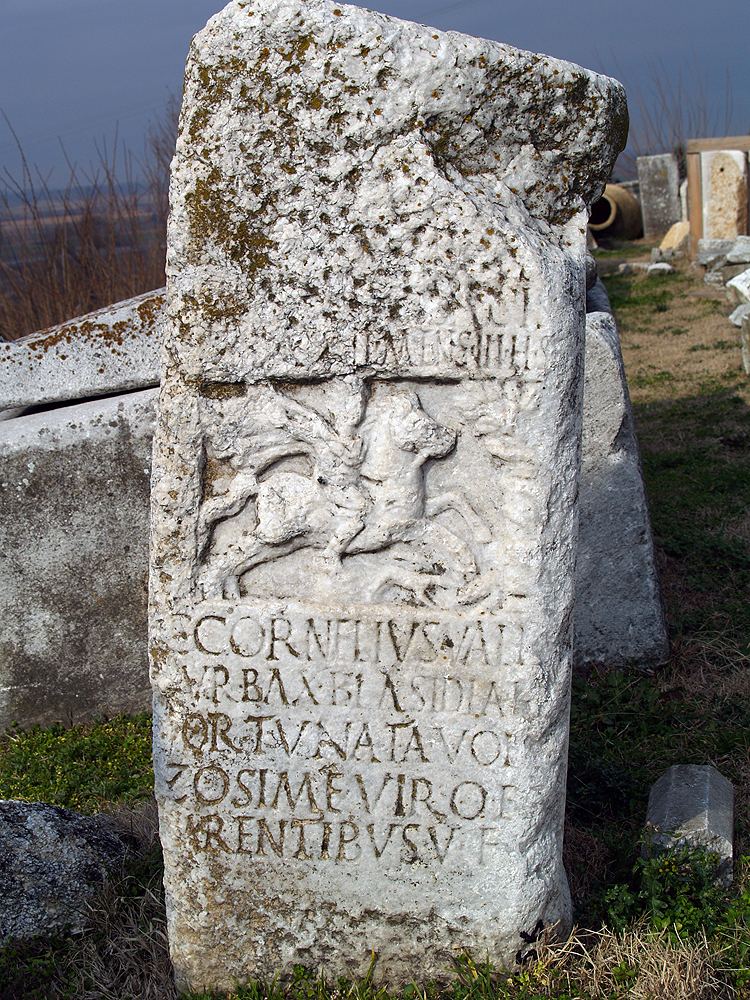The term Thraco-Roman describes the Romanized culture of Thracians under the rule of the Roman Empire.
The Odrysian kingdom of Thrace became a Roman client kingdom ca. 20 BC, while the Greek city-states on the Black Sea coast came under Roman control, first as civitates foederatae ("allied" cities with internal autonomy). After the death of the Thracian king Rhoemetalces III in 46 AD and an unsuccessful anti-Roman revolt, the kingdom was annexed as the Roman province of Thracia.
The Thraco-Roman Villa Rustica near Chatalka, Stara Zagora, BulgariaThraco-Roman Cult Complex built in the rocks near Strelkovo, BulgariaThis is a list of several important Thraco-Roman individuals:
Maximinus Thrax, Roman Emperor from 235 to 238.Dionysius Exiguus, a 6th-century monk born in Scythia Minor, most likely of local Thraco-Roman origin.Justin I, Byzantine Emperor from 518 to 527, was possibly of Thraco-Roman or Illyro-Roman stock.Vitalian, an East Roman general who rebelled in 513 against Emperor Anastasius I (r. 491–518). Vitalian may have been of local Thracian stock, born in Scythia Minor or in Moesia; his father bore a Latin name, Patriciolus, while two of his sons had Thracian names and one a Gothic name.Justinian I, Byzantine Emperor from 527 to 565 and born in Tauresium around 482. His Latin-speaking peasant family is believed to have been of Thraco-Roman or Illyro-Roman origins.Belisarius, a general during the reign of Justinian I. He was born in Germane (nowadays Sapareva Banya) in Western Thrace, possibly of Thraco-Roman or Illyro-Roman origin. Commanded several campaigns for reconquering Mediterranean territory of the former Western Roman Empire.
